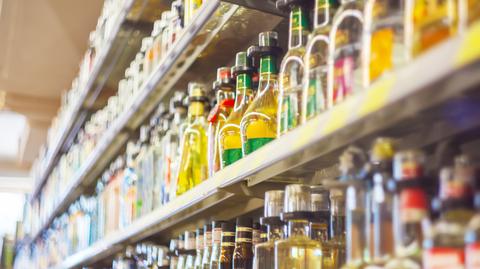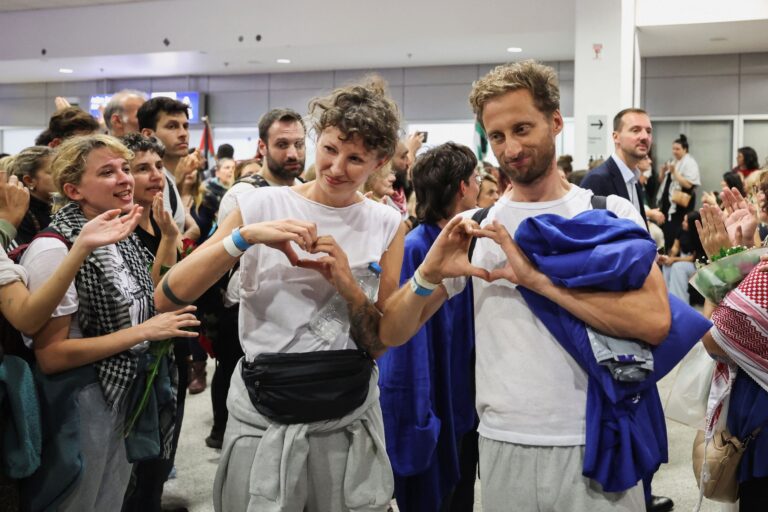Biznes Fakty
Night Prohibition. Where in Poland? Which cities introduced it? Krakow, Wroclaw, Gdansk, Poznan

From 2018 to 2024, night-time alcohol bans were enacted in 176 municipalities. This prohibition on alcohol sales during nighttime hours is applicable in major cities, such as the entire regions of Kraków, Bydgoszcz, and Biała Podlaska. Other municipalities have opted to restrict sales in specific districts or areas. A similar measure is under consideration in Warsaw, where city councillors will address the night prohibition on Thursday.
Between 2018 and 2024, 176 municipalities implemented night-time prohibition, with 30 of them affecting only parts of a municipality or city; 9 municipalities have rescinded the ban, while in 5 the voivode annulled the resolution or parts thereof, and one municipality had its resolution declared invalid by the Supreme Administrative Court.
This represents 7.1% of all local governments in Poland. The highest number of such measures was adopted in the following voivodeships: Mazowieckie (26 local governments), Małopolskie (20), and Wielkopolskie (20).
Prohibition in Poland: Where Is It Enforced?
Among the major cities, the following have chosen to impose city-wide prohibition: Kraków, Bydgoszcz, and Biała Podlaska. Meanwhile, the restriction on nighttime alcohol sales is enforced in parts of Wrocław, Gdańsk, Poznań, Rzeszów, Katowice, Bielsko-Biała, and Kielce. The night prohibition will be discussed by the councillors in the capital on Thursday. The agenda for the Warsaw Council session includes a proposed resolution for night-time prohibition put forth by the Left and Miasto Jest Nasze, which would affect the entire city from 10 p.m. to 6 a.m.
 Night Prohibition in Poland PAP
Night Prohibition in Poland PAPThe sales restrictions will be applicable in retail stores and gas stations. The night prohibition will not affect restaurants, bars, pubs, etc. If the councillors approve the resolution, it would take effect 14 days following its publication in the Official Journal of the Mazovian Voivodeship and its announcement in the Public Information Bulletin of the Capital City of Warsaw. Konin is also contemplating the introduction of a night prohibition.
The Alcohol Issue in Poland
Nearly nine liters of pure alcohol per individual – this is the amount the average Pole consumed over the past year, as reported by the Polish spirits industry.
Over the last thirty years, alcohol consumption patterns in our nation have evolved. Beer consumption has risen, while there has been a slight decline in spirit consumption. On average, each Pole consumed six liters of wine, seven and a half liters of vodka and other spirits, and 99 liters of beer in 2023.
– Twenty years ago, our average salary allowed us to purchase 100 bottles of vodka; now it’s 220. Previously, we could buy 800 beers, while now it’s 1,800. This illustrates that despite the government’s ability to regulate through excise duties and other taxes, alcohol remains inexpensive – stated Mariusz Nawrot, director of the Municipal Center for Addiction Prevention in Krakow, in October.
Poles purchase nearly 16 million bottles and cans of beer daily, which accounts for 55 percent of all alcohol consumed in Poland. Beer is regarded as having low excise duty, and many perceive it as an innocuous beverage. However, it is still alcohol—one beer contains 20 grams of alcohol, equivalent to 50 milliliters of vodka, and any level of alcohol can be detrimental to our health.
 Alcohol Consumption in Poland PAP, National Center for Combating Addictions (based on data from the Central Statistical Office)
Alcohol Consumption in Poland PAP, National Center for Combating Addictions (based on data from the Central Statistical Office)– The consequences of alcohol consumption have been documented and researched in Poland for decades, and these are dire; in addition to physical illnesses, including cancer, we must also consider social and mental health disorders – emphasized Prof. Marek Konopczyński, a rehabilitation educator from the University of Białystok.
He further noted: – The accessibility of alcohol is a consistently proven factor leading to pathologization, especially among younger generations.
– Typically, a 15-year-old experiences intoxication at least once monthly – remarked Natalia Czapla, an addiction therapist.
Read more: How much alcohol do
Źródło



